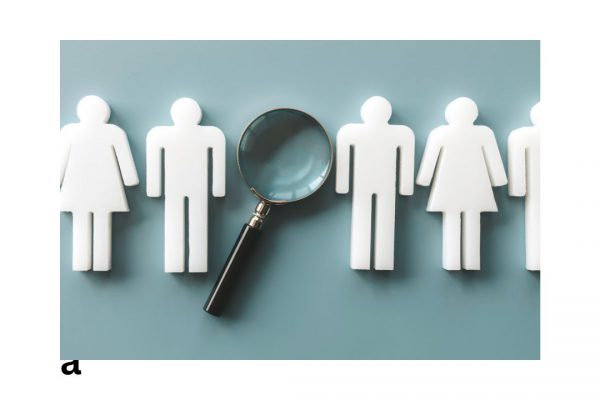CAG Report on GST
Table of Contents
Chapter I: Indirect Taxes Administration
This chapter gives an overview of the indirect taxes administration, revenue trends in indirect tax collection, and compliance verification mechanism under Goods and Services Tax.
1.1 Nature of Indirect Taxes
This Audit Report covers transactions involving levy and collection of Goods and Services Tax, Central Excise, and legacy Service Tax. Audit findings on levy and collection of Customs duty are presented in a separate report. The indirect taxes covered in this report are discussed below:
a) Goods and Services Tax: Goods and Services Tax (GST) is a tax on the supply of goods or services or both except taxes on the supply of alcoholic liquor for human consumption. GST came into effect on 1 July 2017. Central Excise duty (except five Petroleum products), Service Tax, Countervailing duty (CVD), Special Additional Duty (SAD) components of customs, and most of the indirect taxes of states have been subsumed into GST. Central Excise duty is continued on five Petroleum products as these products are out of GST at present, and will be brought under GST later. Tobacco products are subject to Central Excise and GST both. GST is a consumption-based tax i.e. tax is payable in the state where goods or services or both are finally consumed. In addition to GST, a cess named GST Compensation Cess is levied on some goods i.e. Tobacco products, Coal, Aerated water, Motor cars, etc.
Related Topic:
Comprehensive Charts for all due dates in direct tax and indirect tax
There are three components of GST as follows:
• Central Goods and Services Tax (CGST): payable to the Central Government on supply of goods and service within state/union territory.
• State/Union Territory Goods and Services Tax (SGST/UTGST): payable to the State/Union Territory Government on supply of goods and service within state/Union territory.
• Integrated Goods and Services Tax (IGST): In the case of inter-state supply of goods and services, IGST is levied by the Government of India. Equivalent IGST is also levied on imports into India. IGST shall be apportioned between the Union and the States in the manner as may be provided by Parliament by law on the recommendations of the Goods and Services Tax Council.
Related Topic:
Bharat Raj Punj Vs Commissioner of Central Goods And Service Tax (Rajasthan High Court)
b) Central Excise duty: Central Excise duty is levied on the manufacture or production of goods in India. Parliament has powers to levy excise duties on tobacco and other goods manufactured or produced in India except for alcoholic liquors for human consumption, opium, Indian hemp, and other narcotic drugs and narcotics including medicinal and toilet preparations containing alcohol, opium, etc. (Entry 84 of List 1 of the Seventh Schedule of the Constitution).
c) Service Tax: Service Tax was levied on services provided within the taxable territory (Entry 97 of List 1 of the Seventh Schedule of the Constitution). Service Tax was a tax on services rendered by one person to another. Section 66B of the Finance Act, 1994 envisaged that there shall be a tax levied at the rate of 14 percent on the value of all services, other than those specified in the negative list, provided or agreed to be provided in the taxable territory by one person to another and collected in such manner as may be prescribed.8 ‘Service’ had been defined in section 65B (44) of the Finance Act, 1994 to mean any activity for consideration (other than the items excluded therein) carried out by a person for another and to include a declared service.9
1.2 Organizational Structure
The Department of Revenue (DoR) of the Ministry of Finance (MoF) functions under the overall direction and control of the Secretary (Revenue) and co-ordinates matters relating to all the Direct and Indirect Union Taxes through two statutory Boards namely, the Central Board of Indirect Taxes and Customs (CBIC10), and the Central Board of Direct Taxes (CBDT) constituted under the Central Board of Revenue Act, 1963. Matters relating to the levy and collection of GST are looked after by the CBIC.
Indirect Tax laws are administered by the CBIC through its field offices. In view of the implementation of GST, CBIC restructured its field offices into 21 Zones of GST headed by the Principal Chief Commissioner/Chief Commissioner vide circular dated 16 June 2017. Under these 21 Zones of GST, there are 107 GST Taxpayer Services Commissionerates that deal with GST and Central Excise, headed by the Principal Commissioner/Commissioner. Divisions and Ranges are the subsequent formations, headed by Deputy/Assistant Commissioner and Superintendents, respectively. Apart from these Commissionerates, there are 49 GST Appeal Commissionerates, 48 GST Audit Commissionerates, and 22 Directorates dealing with specific functions such as DG (Systems) for management of Information Technology projects and DG, National Academy of Customs, Indirect Taxes & Narcotics (NACIN)11 for training needs.
Read & Download the Full Copy in pdf:
 ConsultEase Administrator
ConsultEase Administrator
Consultant
Faridabad, India
As a Consultease Administrator, I'm responsible for the smooth administration of our portal. Reach out to me in case you need help.









